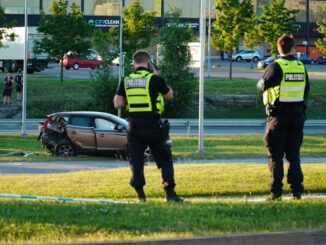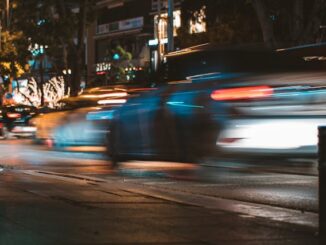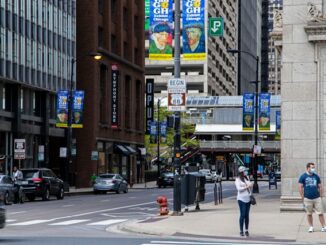
Pedestrian accidents in Ontario can be devastating, leaving victims with physical injuries, emotional trauma, and financial burdens. When pursuing a claim for compensation, witnesses can play a pivotal role in determining liability and ensuring a fair outcome. Understanding the significance of witness statements and the legal concept of “reverse onus” is crucial for anyone involved in a pedestrian accident.
Why Witness Statements Matter
Witness accounts provide independent, unbiased observations of the accident. They can corroborate your version of events and offer critical details that may not be captured in police reports or security camera footage. Witness statements can:
- Establish Liability: Witnesses can confirm who had the right of way, whether the driver was speeding or distracted, and other factors contributing to the accident.
- Challenge the Driver’s Version: If the driver denies fault or tries to minimize their responsibility, witness testimony can contradict their claims.
- Enhance Credibility: Multiple witness statements that align with your account strengthen your credibility and the overall strength of your claim.
Securing Witness Statements
If possible, try to obtain contact information for any witnesses at the accident scene. Even if they’re hesitant to get involved, explain the importance of their testimony for your case. Your lawyer can then contact them for a formal statement.
The “Reverse Onus” in Pedestrian Accidents
Ontario’s Highway Traffic Act (HTA) places a “reverse onus” on drivers involved in pedestrian accidents. This means that the driver is presumed to be at fault unless they can prove otherwise.
The Reverse Onus Means:
- Shifting the Burden of Proof: The driver, not the pedestrian, must provide evidence to demonstrate they were not negligent and did not cause the accident.
- Higher Standard of Proof: The driver needs to meet a higher standard of proof than in other types of accidents.
- Favoring the Vulnerable Road User: The reverse onus recognizes that pedestrians are vulnerable road users and deserve greater legal protection.
How Witnesses Help with the Reverse Onus
Witness statements become even more critical under the reverse onus. Their testimony can be the deciding factor in establishing the driver’s negligence and ensuring you receive the compensation you deserve.
In Conclusion
If you’ve been involved in a pedestrian accident in Ontario, seeking out and securing witness statements can significantly strengthen your claim. The reverse onus places the burden of proof on the driver, making witness testimony even more valuable in proving their negligence. Consulting with a personal injury lawyer is highly recommended to ensure your rights are protected and you receive the compensation you are entitled to.



